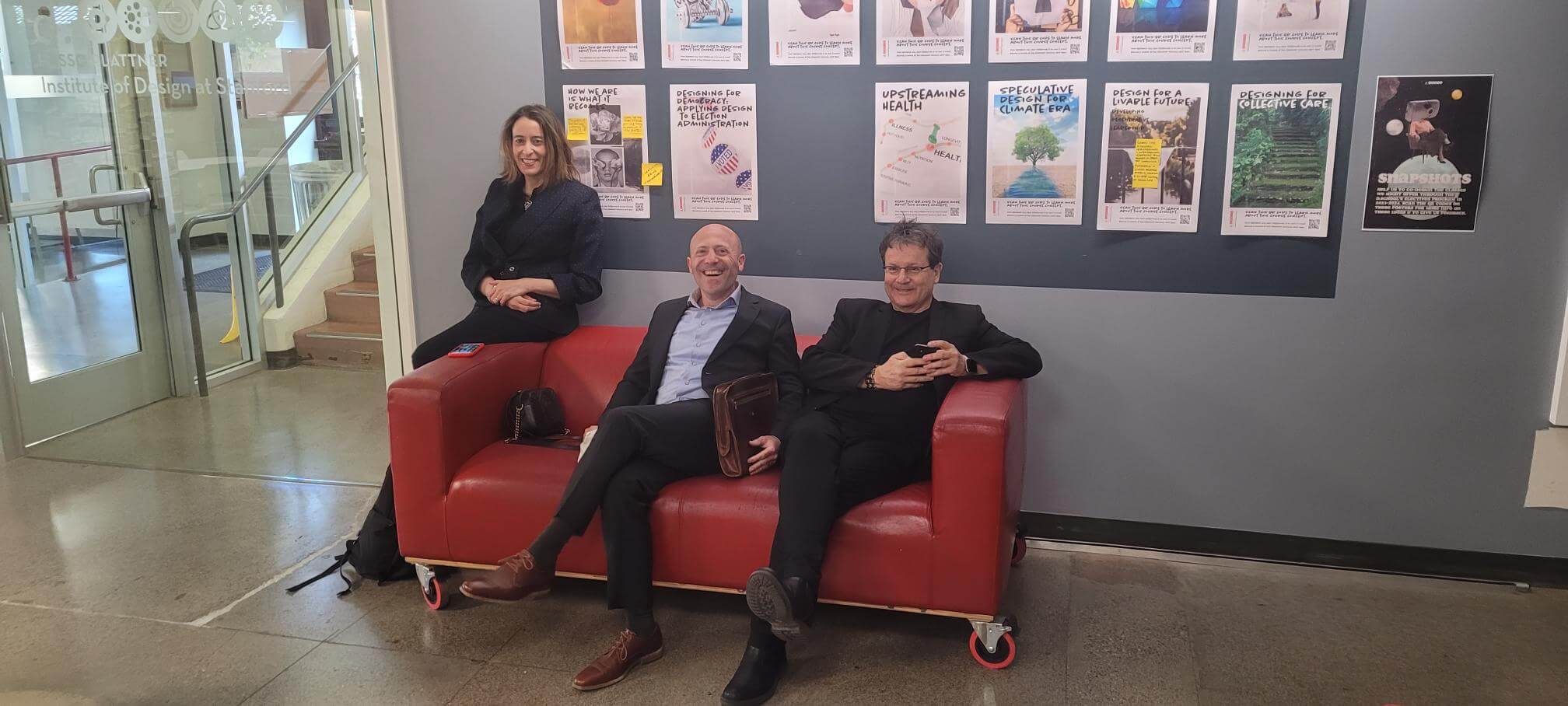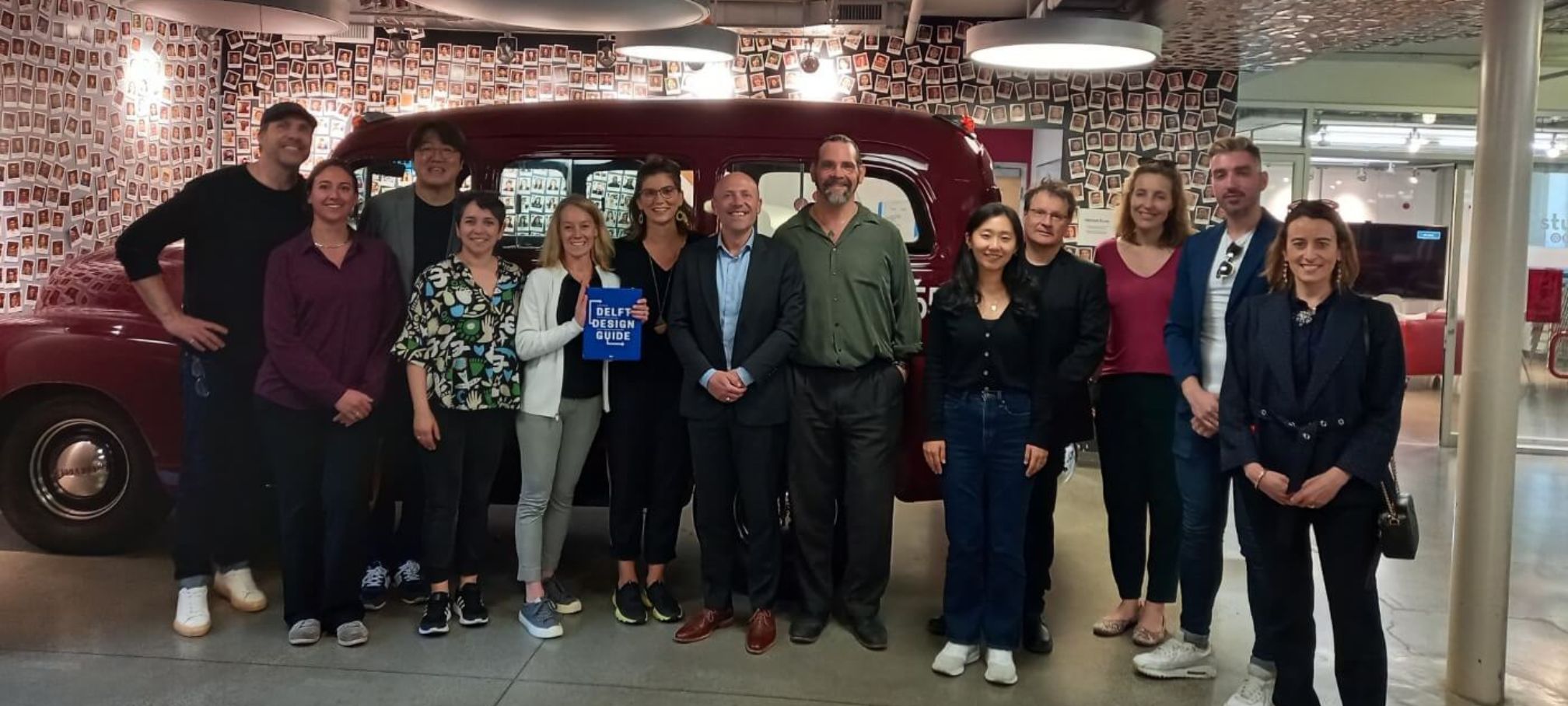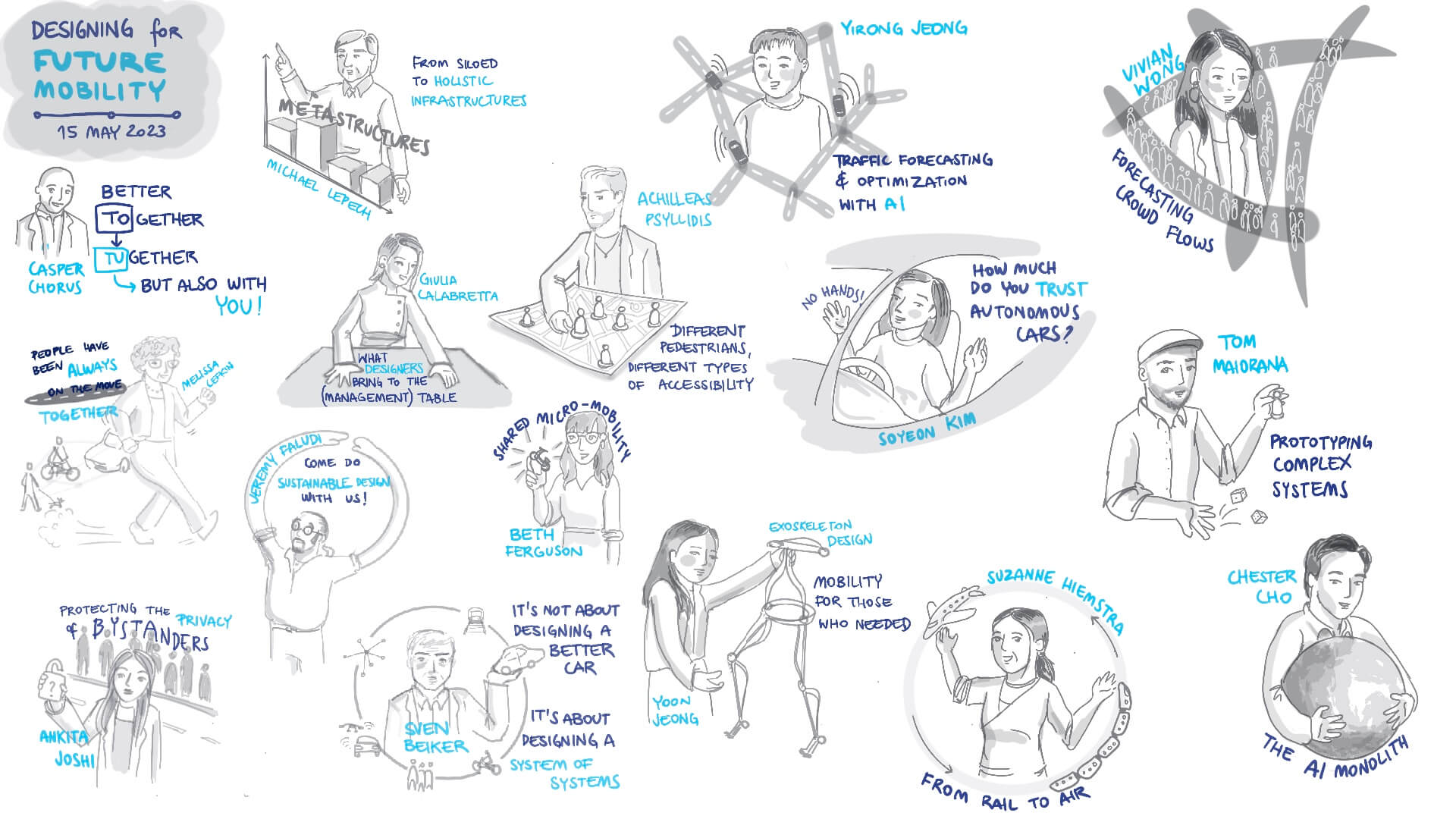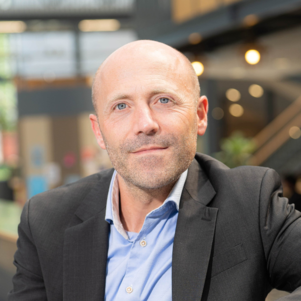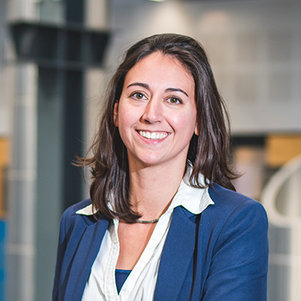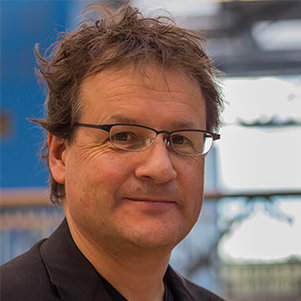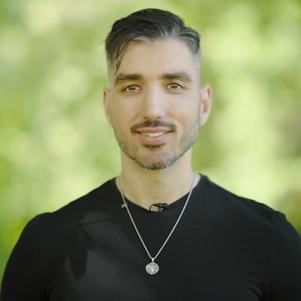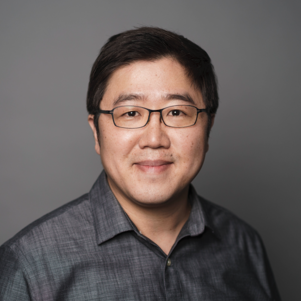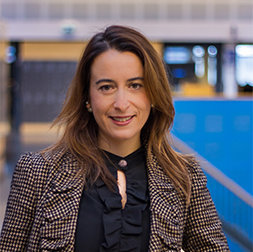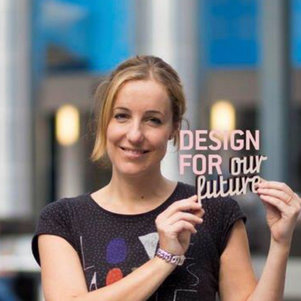West Coast Collaborations — IDE delegation visits Stanford, Berkeley, IDEO and more
In May a group of Delft designers headed west to California. Their aim? To build and strengthen education and research partnerships with design institutions in the San Francisco bay area. Over their visit, the IDE delegation shared their impressions and insights via this blog. To start reading their blog from the beginning of their trip, click here.
Thursday 18 May 2023
Caspar Chorus, Dean of TU Delft | Industrial Design Engineering
After three intense days of Surfin’ USA, our trip is slowly coming to an end. Some of us will be visiting UC Davis for a Mobility event, others are on to the East coast for a visit to MIT colleagues, and still others are extending their stay with a well deserved holiday. Before heading to the airport myself to return home, I will make an attempt to summarize five of my main learnings:
- First, it is striking to experience the reputation of IDE abroad as a leader in the field. It carries all the way through to the West-coast elite institutions we visited. The combination of the size of our programs and the depth of our research and teaching is considered unique. And indeed it is.
- On the other hand, what clearly inspired us is the energy and dynamism that characterizes the ecosystem in the Bay area, e.g. in bringing academic work to market through start-ups. Time and again, the region surprises the world with yet another revolutionary technology. Our visit to OpenAI (ChatGPT, Dall-E) felt like a real time witnessing of history in the making.
- Trips such as these matter. Flying ten people from AAS to SFO is not something we would do without serious motivation. Meeting up with our peers in real life, inviting one another for dinner, and discussing intricate matters while in the same room; it really helps to build trust and mutual understanding. Our meetings have resulted in a series of very concrete leads for collaborations and exchanges. On-line preparatory meetings have helped a lot, by the way.
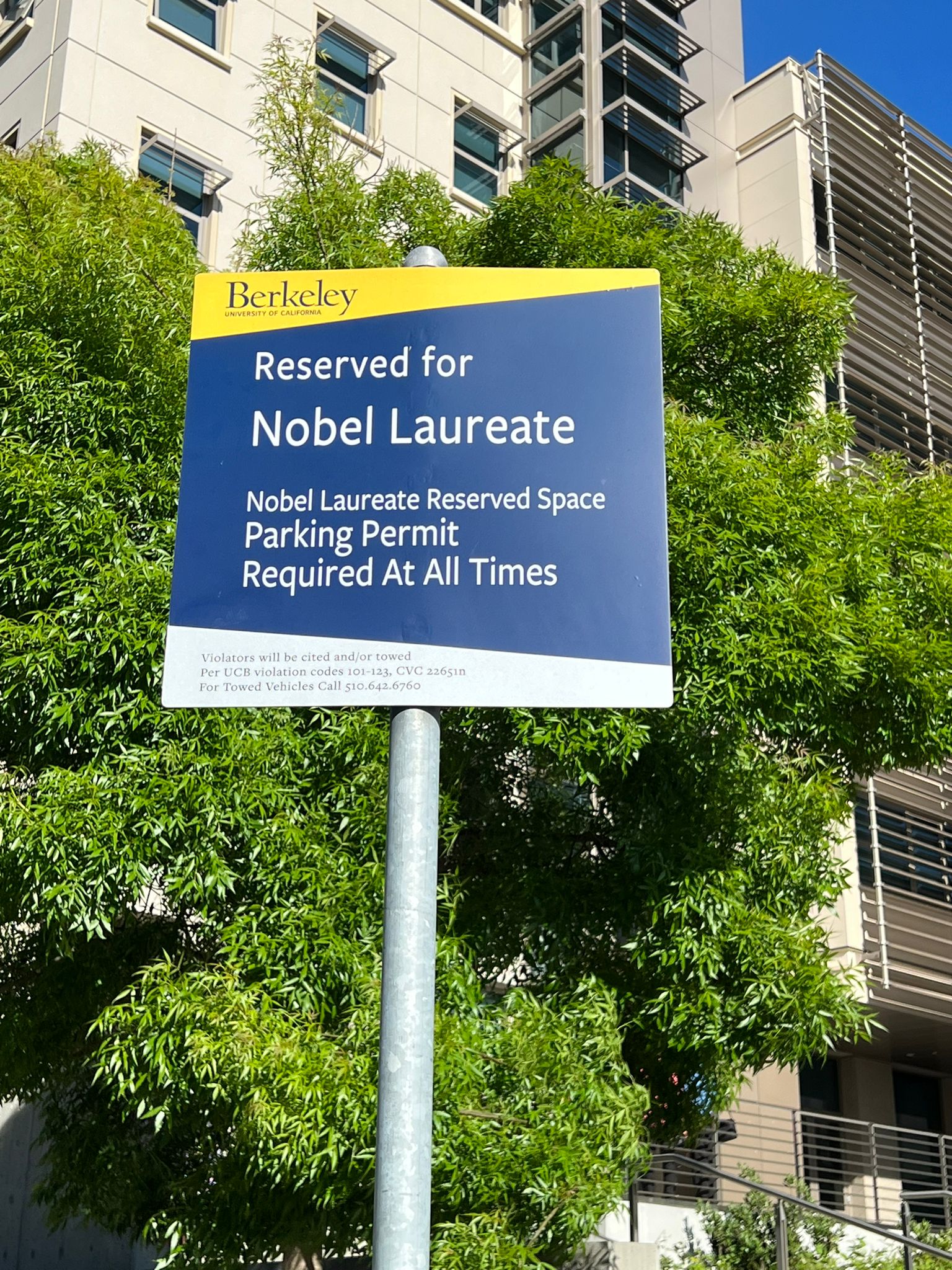
- Allow for suspense: we did not come with signature-ready Memorandums of Understanding and Letters of Intent in our suitcases, rather we embraced the ambiguity and allowed things to happen. This called for some creativity and improvisation here and there, but it clearly lead to results – no one felt pushed into making decisions, and all of us were given the opportunity to come up with fresh ideas during meetings.
- Ending on a more philosophical note: one sometimes has to travel far to learn things about oneself. In our case, I came to recognize the value of our very Delft way of combining autonomy and community: each of our crew – from PhD candidate to professor – has their own academic interests and intellectual agency, which are respected by all. Yet we were really on this trip together, representing our Faculty in all its breadth, as a wonderful academic community. Very pleased to be part of it!
Thank you to all our hosts for their hospitality.
Thursday 18 May 2023
Achilleas Psyllidis, Assistant Professor of Location Intelligence and Spatial Analysis
Looking back on an exhilarating week spent with 9 TU Delft | Industrial Design Engineering colleagues interfacing with top-tier American Universities and industry organizations from the West (and in my case also the East) Coast. After starting in the Bay Area with inspiring presentations and collaborative discussions at Stanford University’s “Designing for Future Mobility” Symposium, we continued with connections with the University of California, Berkeley, and the University of California, Davis, and I concluded this week in Cambridge, MA, by strengthening my ties with MIT’s City Form Lab and MIT Senseable City Lab.
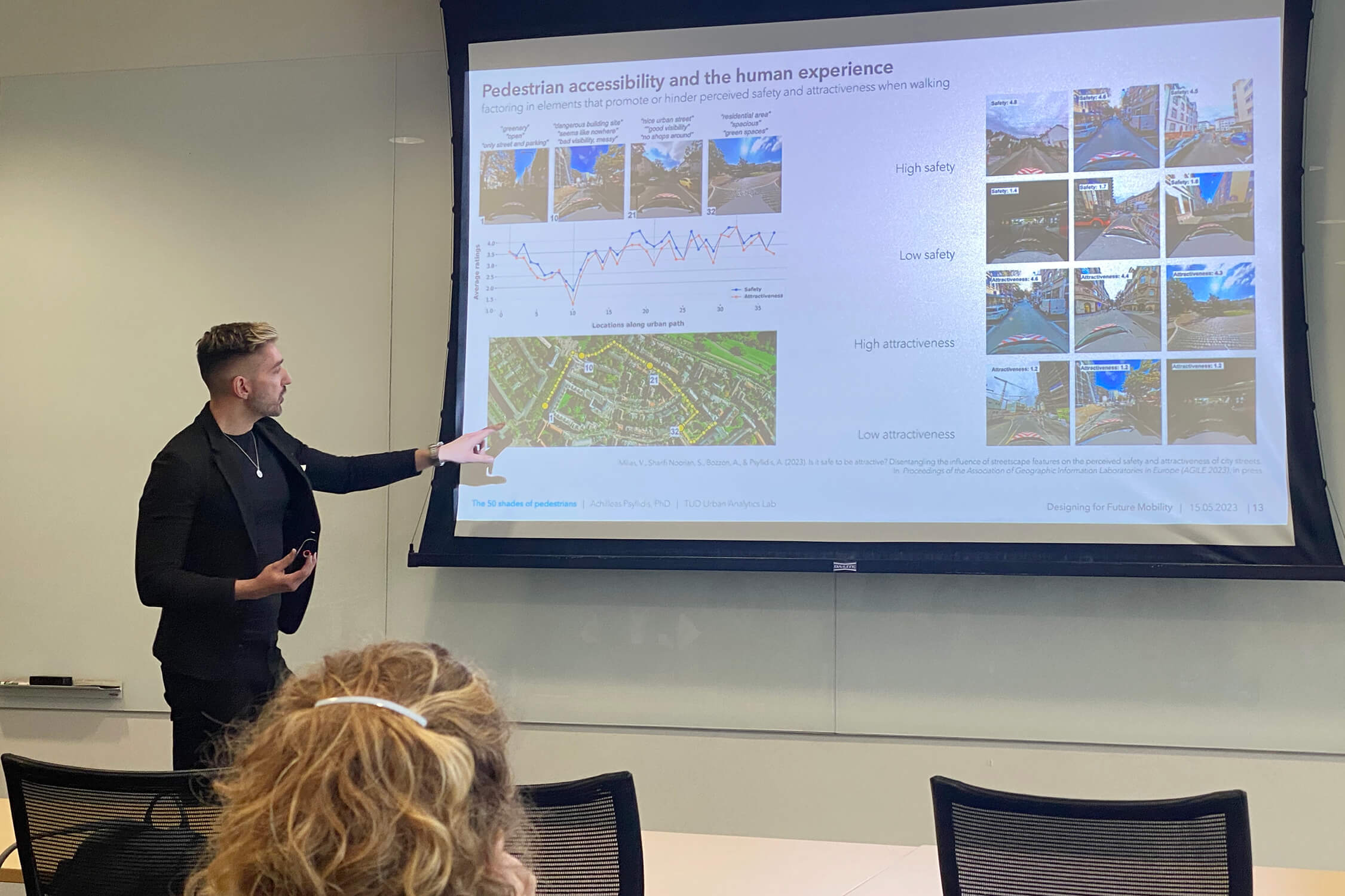

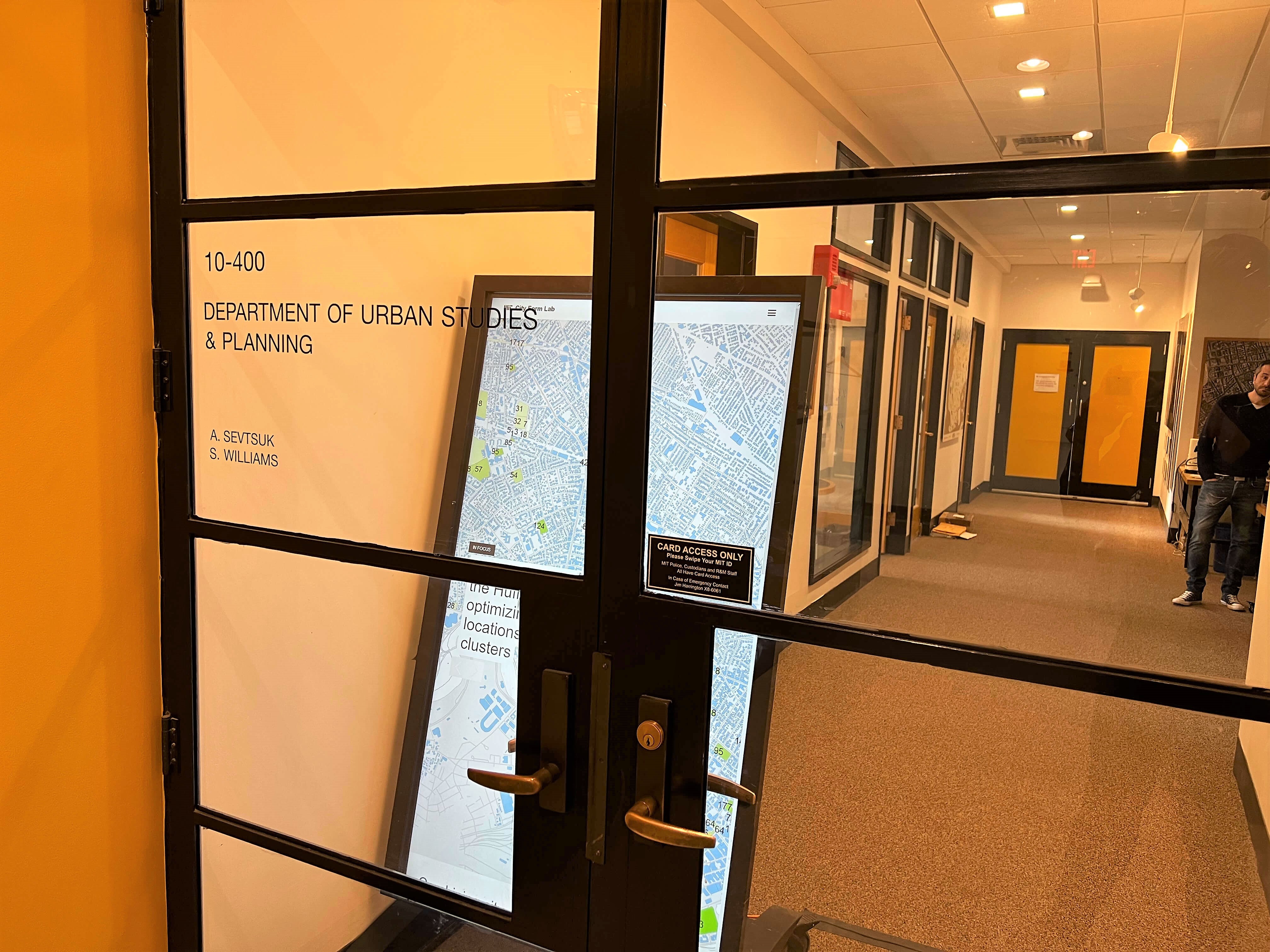
After years of being stranded in front of our computers and participating in innumerable Zoom discussions, this condensed series of physical encounters appear to have made up for the pandemic's three-year-long restrictions in a single week, and it was all worth it!
It was refreshing to see that the future (and present) of urban mobility is gradually transitioning from the traditional model of moving around as quickly as possible to a more accessibility-oriented approach, assisting people in getting what they need while promoting more active and sustainable modes of transportation and striving to improve the quality of the environment en route to various destinations.
While this series of visits may come to an end, I am confident that it is merely the beginning of new channels of partnership in research, education, and innovation.


Thursday 18 May 2023
Soyeon Kim, PhD Candidate in HMI/UX design
Staying in the Bay Area on Thursday, we headed to UC Davis to attend the Future Mobility Research Symposium and visit the Department of Design.
UC Davis is one of the University of California (UC) campuses, particularly renowned in the field of agriculture. Despite being only an hour away from San Francisco, Davis was already experiencing summer weather with daytime temperatures reaching 30 degrees Celsius. The area was flat like the Netherlands, resulting in many cyclists. We jokingly remarked that we saw more cyclists at UC Davis in one day than we had seen in the past four days.

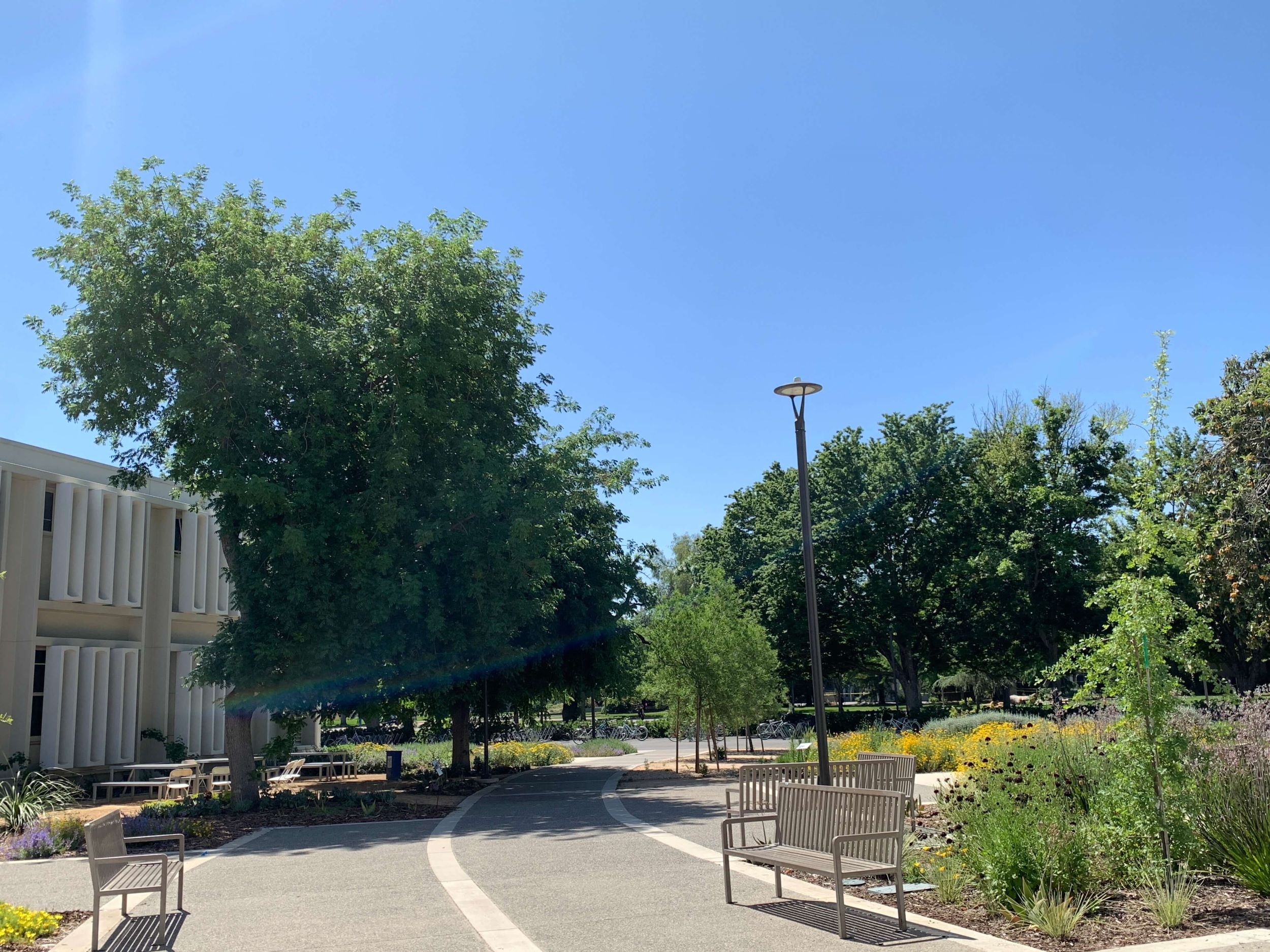
Beth, who had attended the Designing Future Mobility Symposium at Stanford on Monday, introduced us to the Department of Design at UC Davis. We had the opportunity to tour their maker's workshop and a prototyping class, filled with beautiful sunlight, and observe many material and sustainable design studies.
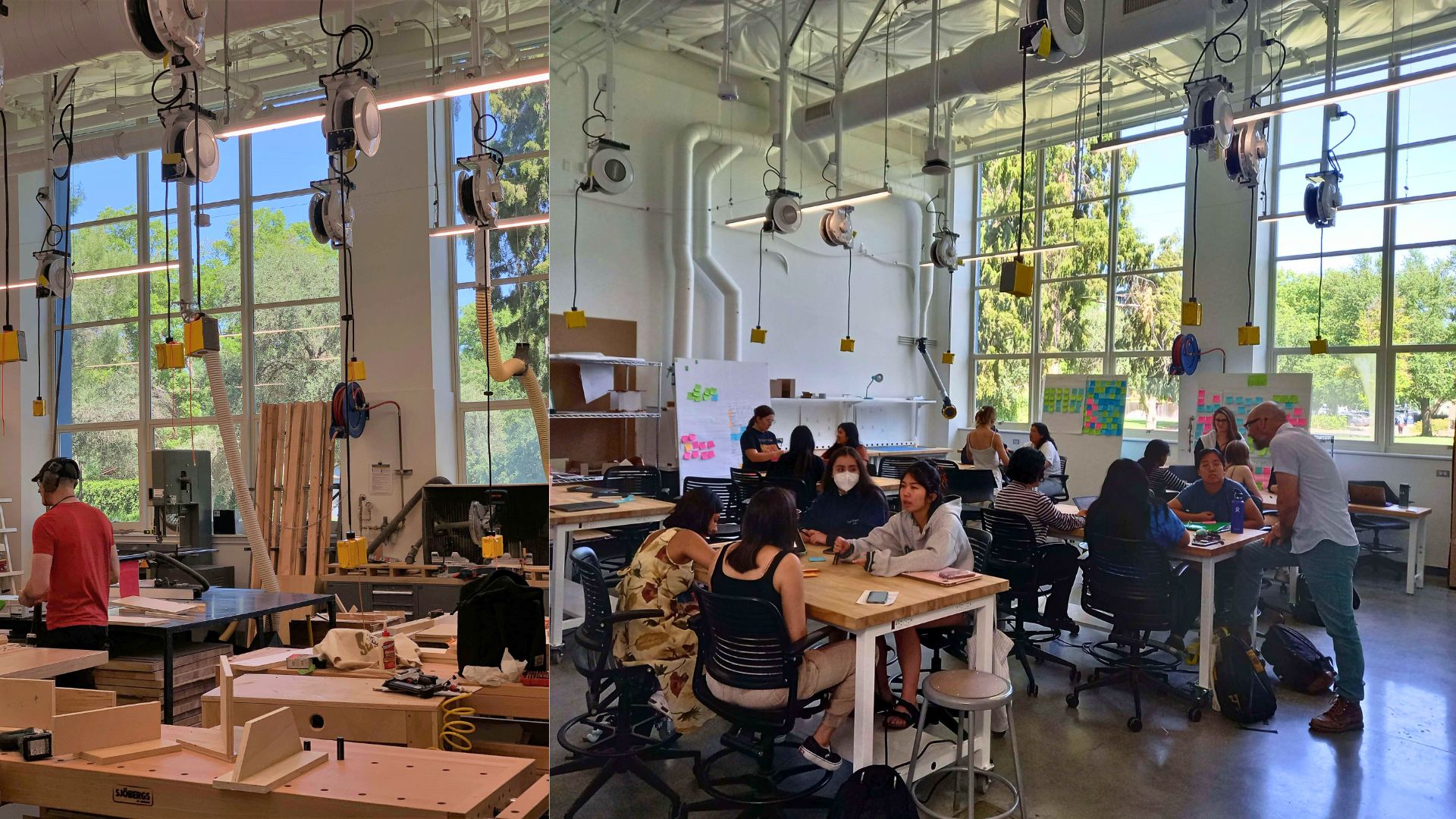
During the symposium, we encountered numerous studies on mobility users' behaviours. One notable difference from Europe was the car-oriented mobility design prevalent in the United States, highlighting the need for collaborative research. Over lunch, the possibility of research collaboration between UC Davis and TU Delft was discussed.
The three universities we visited over the course of four days showcased distinct academic styles and school atmospheres. Mobility and sustainability research was actively conducted everywhere, and we look forward to future collaboration.
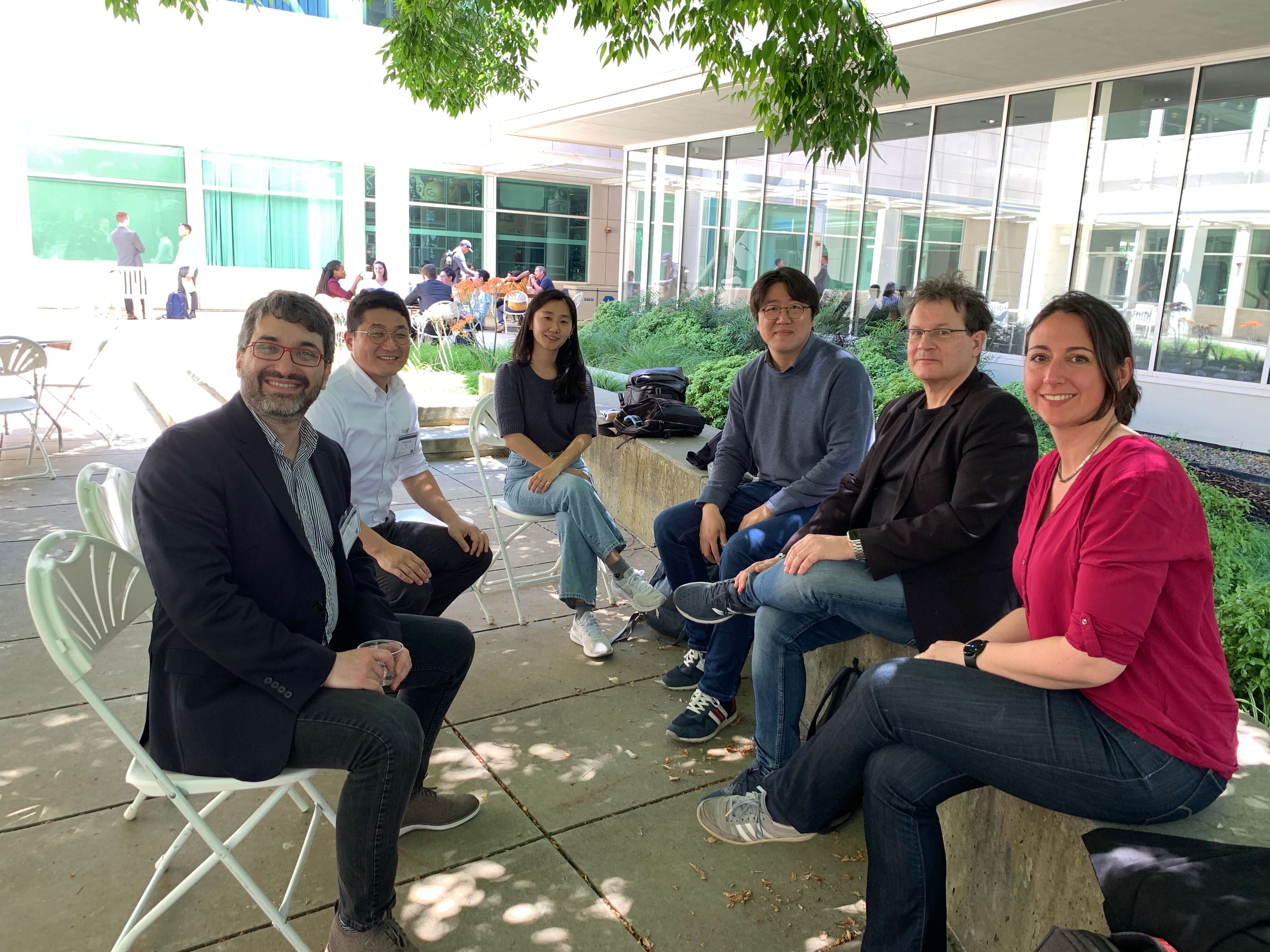
Wednesday 17 May 2023
Jeremy Faludi, Assistant Professor of Sustainable Design Engineering
Our days at UC Berkeley and UC Davis were short but felt great. It was once again fairly informal—no presentations—but good conversations with Alice Agogino (who was both my and Euiyoung’s PhD advisor), as well as the new Berkeley design folks Gwynne Keathley, Kosa Goucher-Lambert, and Sabrina Merlo, plus Andy Dong from University of Oregon, and a great tour of Davis’s makerspaces by Beth Ferguson, who’s done an amazing job of building up their program, especially in introducing sustainable design.
It was great to once again see in our conversations that, despite many differences in our institutions and approaches and demographics (for instance, our design faculty being 20x – 100x the size of theirs or Stanford’s), we all felt a lot of affinity, and there was a lot of interest in collaborations or exchanges. None of us knows what will come of this yet, but it was fun to start the conversations.
Personally, it was of course another heady nostalgia trip, especially since the old photos I’d posted to guide people to the Berkeley Institute of Design (BID) lab my first year there are still there, though now terribly faded after ten years. (BID PhDs, you’ve gotta update the signs!) And, of course, the whole Delft delegation fell completely in love with Berkeley campus, because how can you not love redwood groves and creeks down hills that are taller than the highest point in the Netherlands? (That’s not facetious, I actually looked it up.) Below is a photo of Euiyoung and me, sitting at my old desk in BID! And on the right is the clock we both contributed to that is still there (he did 11, I did 12).
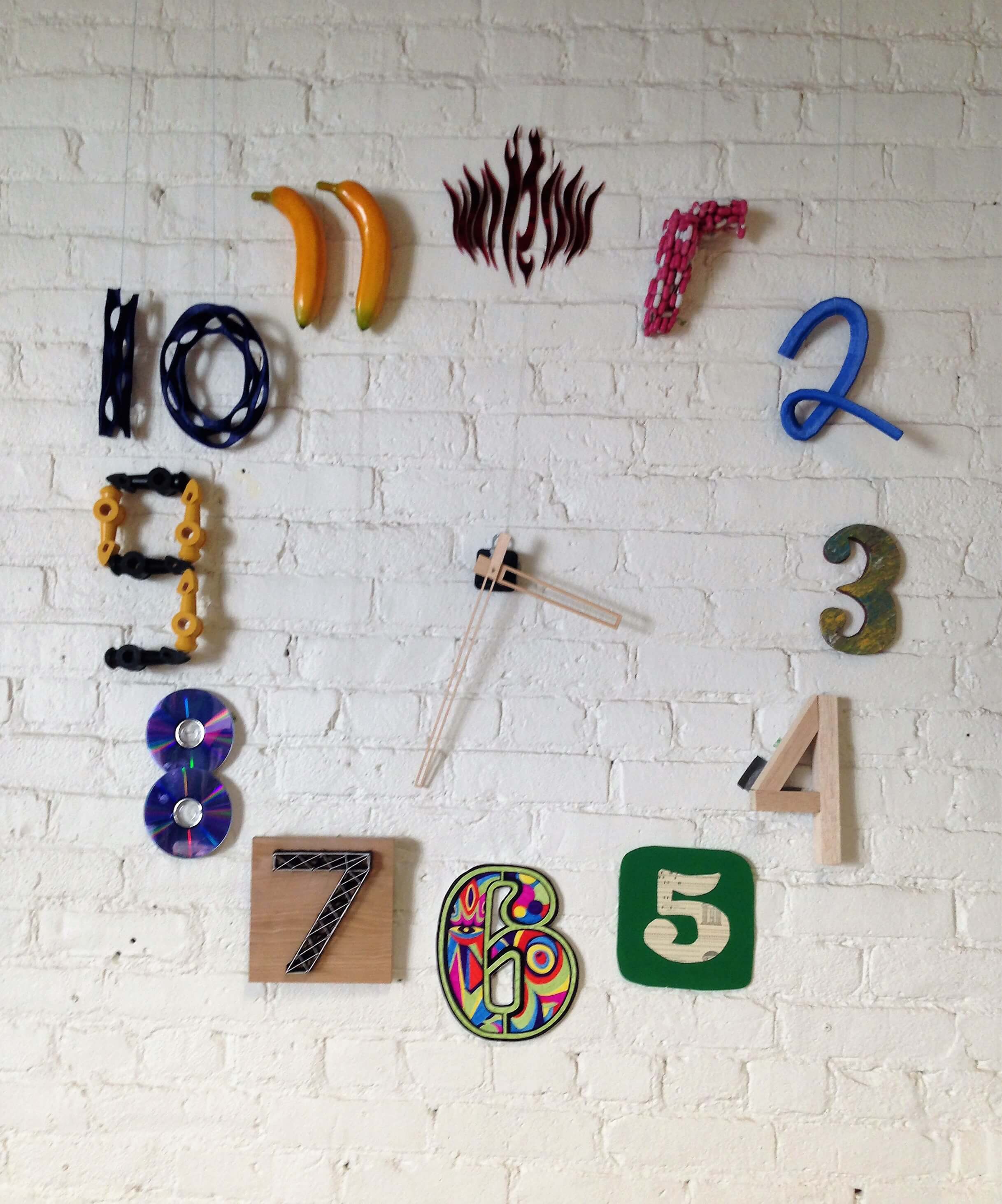
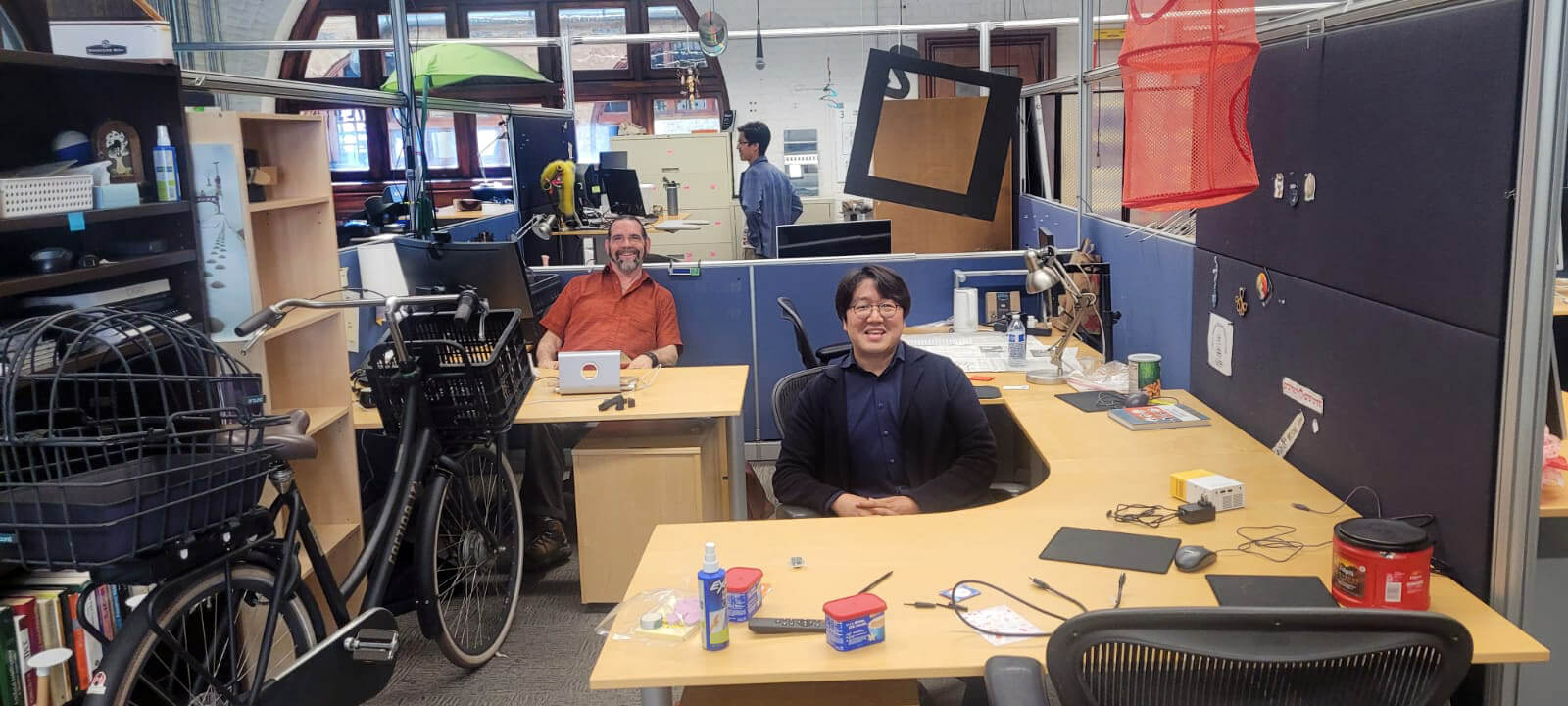
Wednesday 17 May 2023
Euiyoung Kim, Assistant Professor of Design for Dynamic Stability
Reflecting on a recent visit to Berkeley (Bay Area Visit-Day 3), this time with my new colleagues from IDE, I felt a rush of memories that holds a special meaning. It has been four years since I left this vibrant and liberal campus to embark on a new adventure in the Netherlands. Returning felt like a nostalgic homecoming, especially with the special gifts—TU Delft design faculty delegation.
Walking through familiar design facilities such as Jacobs Institute for Design Innovation at UC Berkeley, Berkeley Institute of Design, Etcheverry Hall, and more, brought back a flood of good memories. Reconnecting with old friends and colleagues reminded me of the profound impact they had on my personal, academic, and professional growth.
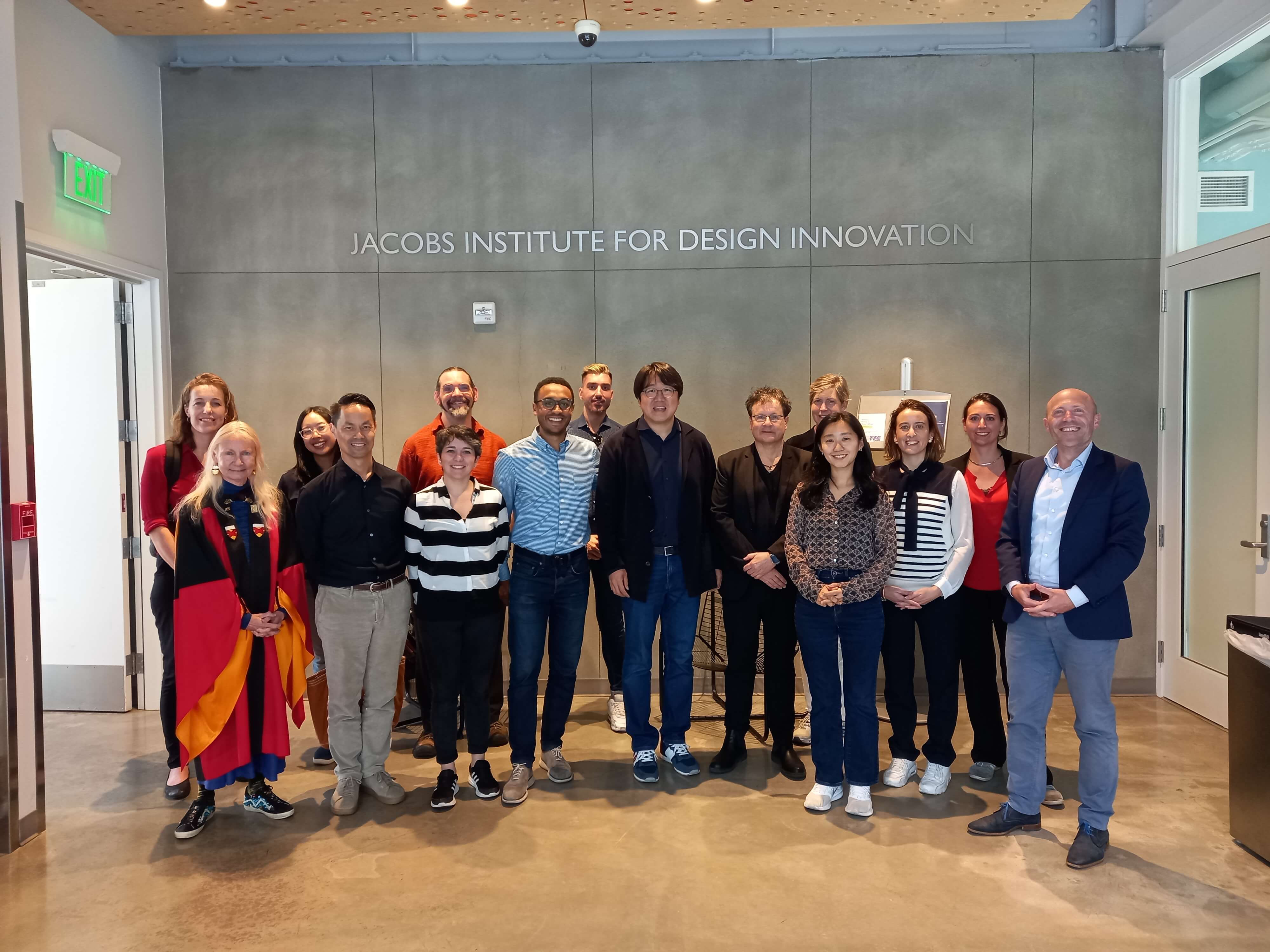

The round table meeting with the Jacobs hosts, including my former colleagues (and new leadership/staff) and my Ph.D. advisor, passed like lightning in exploring new ideas, shared values, affinities and differences, and potential collaborations between these two top-notch design institutions.
It certainly provided us with an opportunity to reflect and align our mindset for upcoming research and educational agendas, aiming to foster a collaborative cross-continental design alliance. Indeed, the visit reinforced the importance of staying connected to nurture cross-continental collaborations and drive positive social impact through design-minded approaches.
The networking dinner after the meetings at the 120-year-old private faculty club (indeed, the club's illustrious members included several Nobel Prize winners and renowned Berkeley professors) was more than enough to round up our 3-Days intense Bay Area visit with moments of reflection, engaging conversations, and delightful dining experiences.
I express our heartfelt gratitude to all the hosts and participants for their exceptional hospitality extended to us during our visit. We eagerly anticipate forging tangible pathways of collaboration together.
Tueday 16 May 2023
Jeremy Faludi, Assistant Professor of Sustainable Design Engineering
Our second day at Stanford was more informal—no presentations, but conversations with Bill Burnett and Craig Milroy at the product design loft, several folks at the Center for Design Research, and then the d.school with Carissa Carter, David Kelley, Kate Maher, and Scott Doorley. There were more connections than I’d thought--David Kelley said he started out an engineer and discovered design by his mentor sending him to Delft; Bernie Roth spent time at Delft in the 1960’s and still speaks a little Dutch!
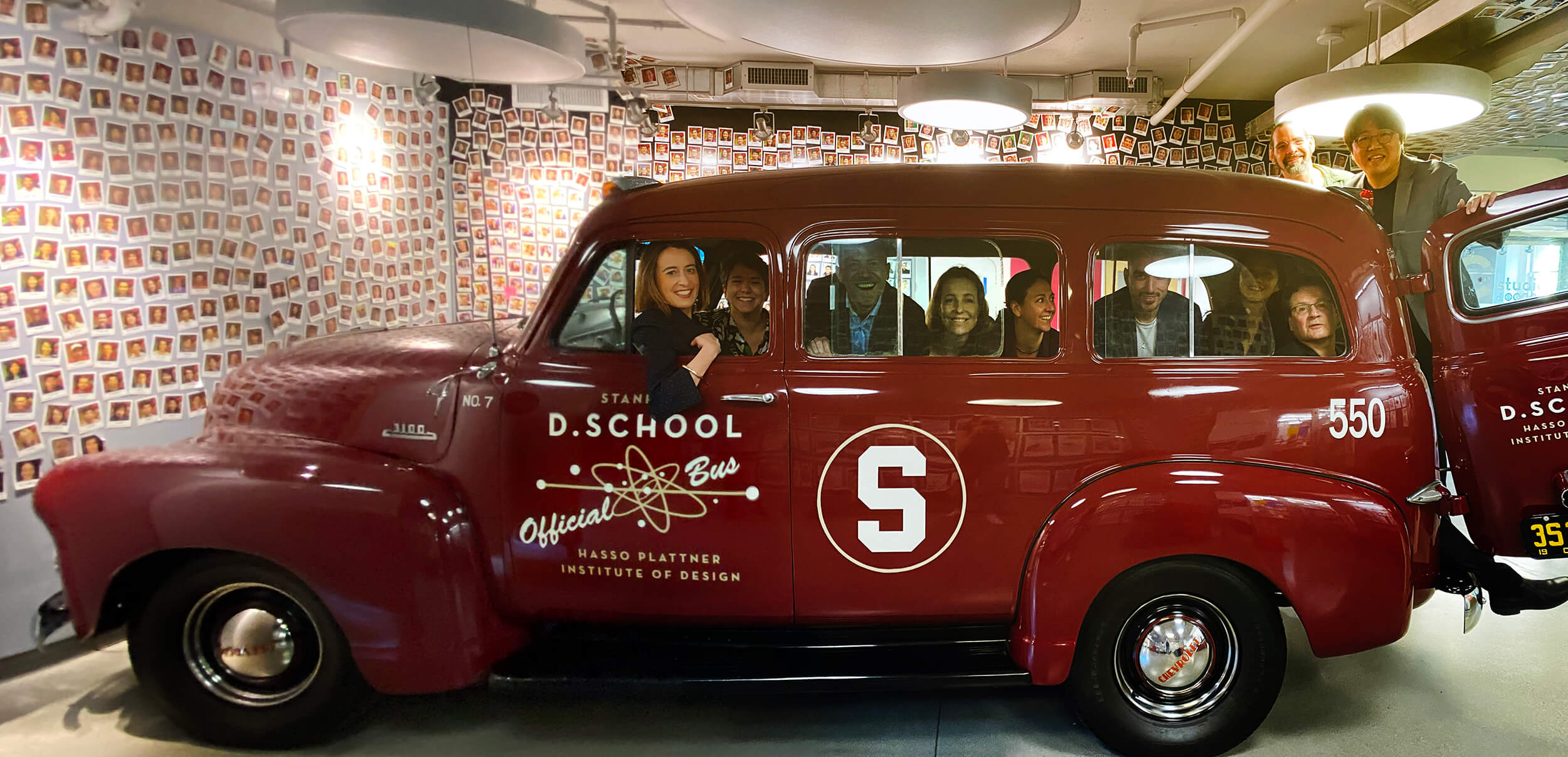
We talked about the different strengths and different approaches of Stanford design versus Delft design, as well as shared strengths and shared challenges. We also enjoyed touring the physical spaces, to get the feeling of them that you can’t get through conference calls.
I personally had wonderful waves of nostalgia, especially in the product design loft, where I spent some of the most creative years of my life, and speaking with Bill, David, and Craig. And it’s amazing to me that a project I did on a whim for a party, not even for a class much less my thesis, is still around 23 years later and has become an unofficial logo for Stanford design: the “You Are Here” sign (as seen below).

It was meant as a triple-entendre of literal wayfinding (the PD loft is a little hidden), and reassurance that you’ve made it in the world, and a zen reminder to be in the present moment. The original sign decayed and was replaced, but I’m honored by its staying power, and wish that anything I’d intentionally planned to be a big deal had ever been so successful!
Tuesday 16 May 2023
Milene Guerreiro Gonçalves, Assistant Professor of Creativity in Product and Service Design
What do geckos and falcons have to do with design? Well, we visited the Center for Design Research (CDR), in Stanford, where we were pleasantly received by Dr David Sirkin, Dr Rebecca Currano and Prof. Mark Cutkosky.

Mark guided us through the labs, studios and projects currently ongoing, focused on bioinspired robotics design and human-computer interaction, just to mention a few.
Founded by the legendary Larry Leifer, the CDR is a perfect example of collaborative work among Stanford and international universities and organisations. Mark also showed us their work in the Biomimetics and Dexterous Manipulation Lab (BDML), with super interesting innovations of gecko-inspired adhesion and falcon-inspired gripping robots!
And what about us? We were definitely inspired to learn and share from each other.
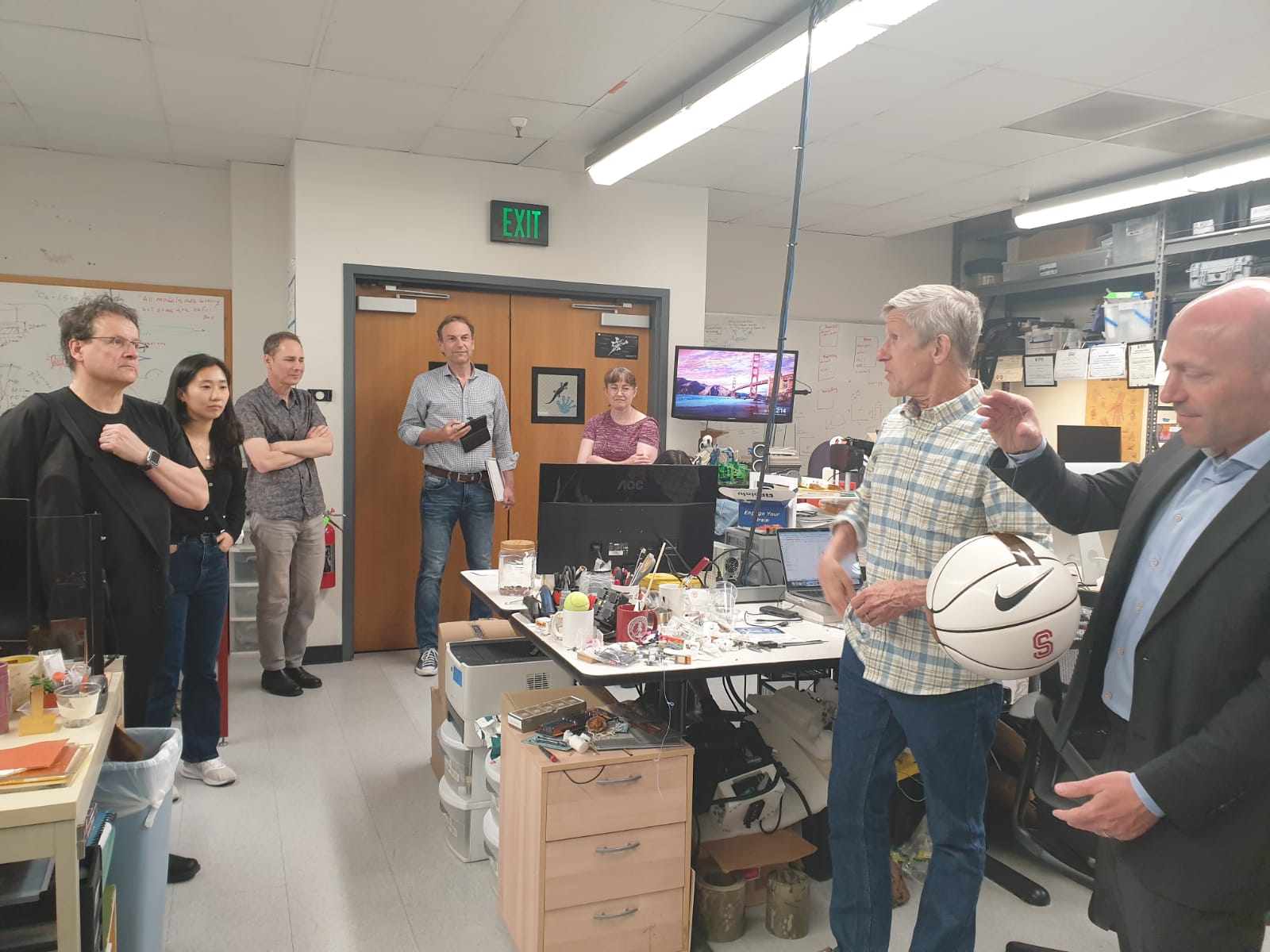
Today we were also lucky to visit d.School and the Life Design Lab, check Willemine Biemond’s post below to find out more.

Tuesday 16 May 2023
Willemine Biemond, Coordinator International Affairs
It was a real pleasure to return to the Stanford campus for a second day. In my job as coordinator of international affairs I have visited many campuses, but this is definitely one of the most beautiful ones I have been so lucky to set foot on. The green grounds are filled with palm trees, historical buildings and the campus even has a church with beautiful mosaics. The campus is also inhabited by wild flowers and squirrels who like to climb the palm trees.
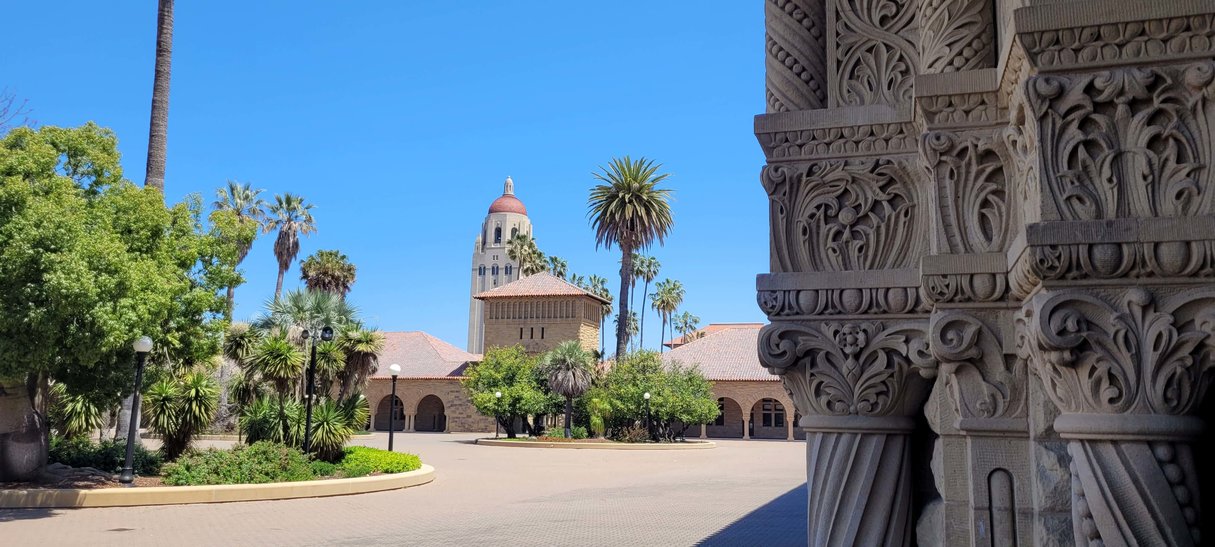
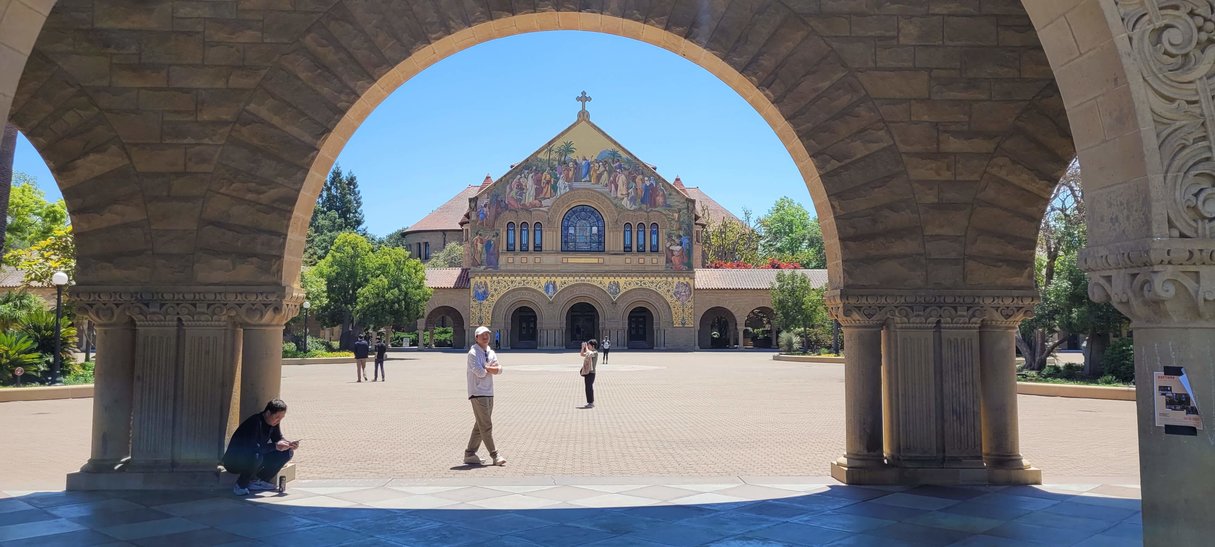
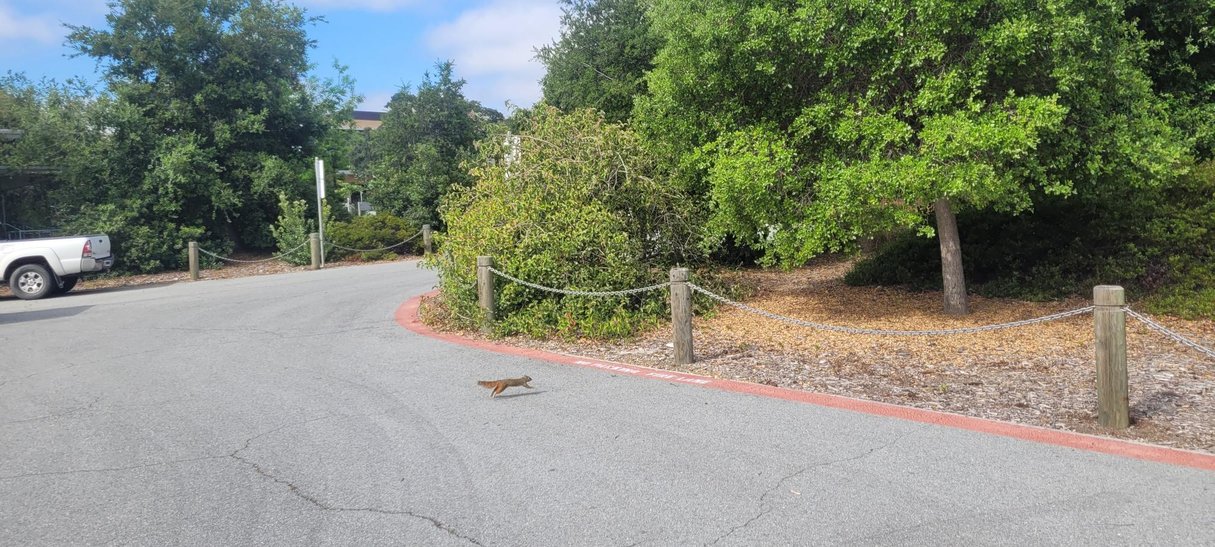
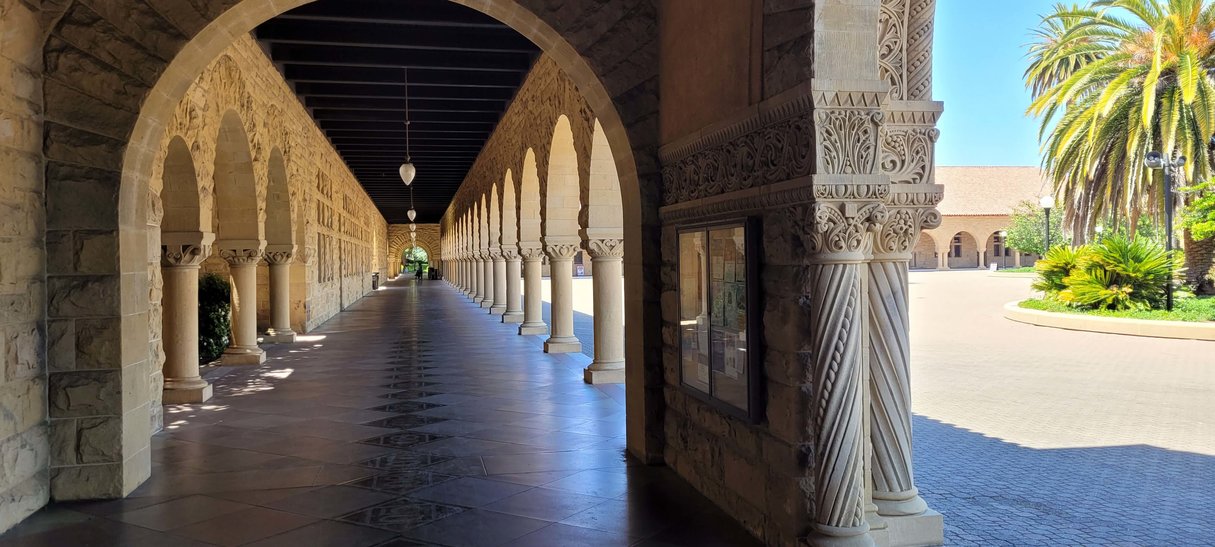
We started with a visit to the d.School’s Loft, which houses 25 graduate design students. It is the perfect mix between a relaxed hangout and a maker space.
We crash into the Loft’s comfortable couches in the middle of the space and have an inspiring talk with Bill Burnett, executive director of the design programme. Making is a crucial element at the d.School, because as Bill puts it: ‘you need to be able to build in order to be able to think’.
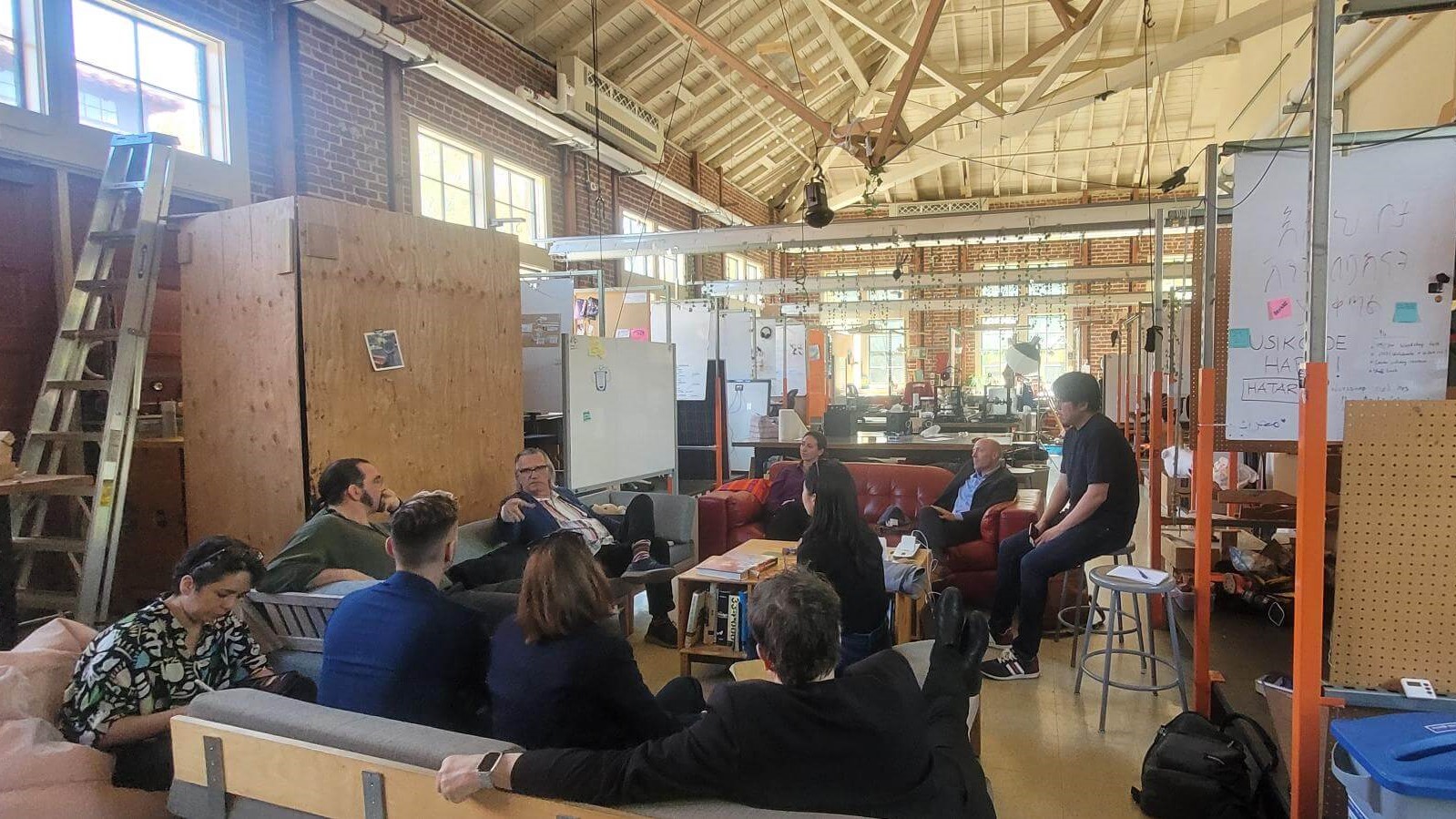


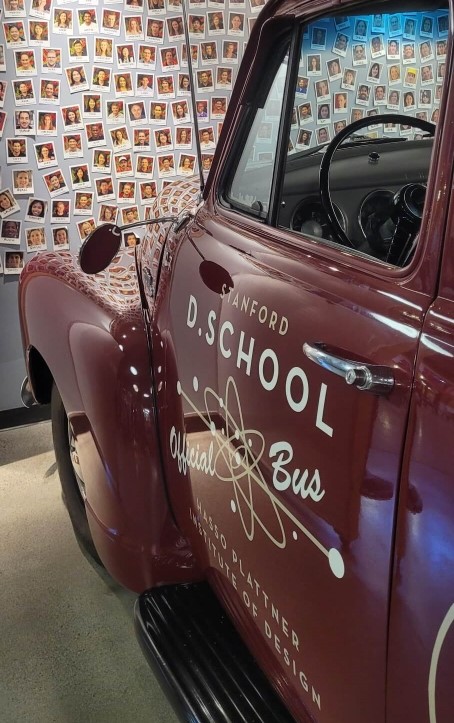
One of the things that the d.School and IDE have in common is that we operate in both design and engineering fields, which is quite unique in the US. Designing and Engineering are historically separate entities and design is typically usually taught in arts schools.
The d.school is widely known for creating courses for students from all Stanford majors, because they are a firm believer that anyone can learn design thinking. The type of projects students choose in their graduate programme at d.school has changed in the past years. Ten years ago students often created startups. Now, the projects have changed from profit to social good, such as fighting Aids in Tanzania or helping migrants get access to healthcare. A trend we of course recognize at IDE.
Bill Burnett is also the executive director of the inspiring Life Design Lab and has written several books on the topic (among others New York Times best seller ‘Designing your life’). In this Lab students learn to apply design thinking to their lives. Students are taught to reframe their problems and flip it around.
After the meeting we visited the Stanford book store, a giant warehouse with several floors which sells any product you can think of with a Stanford logo on it (from hoodies and T-shirts to Hawaii shirts, golf bags and champagne glasses.)
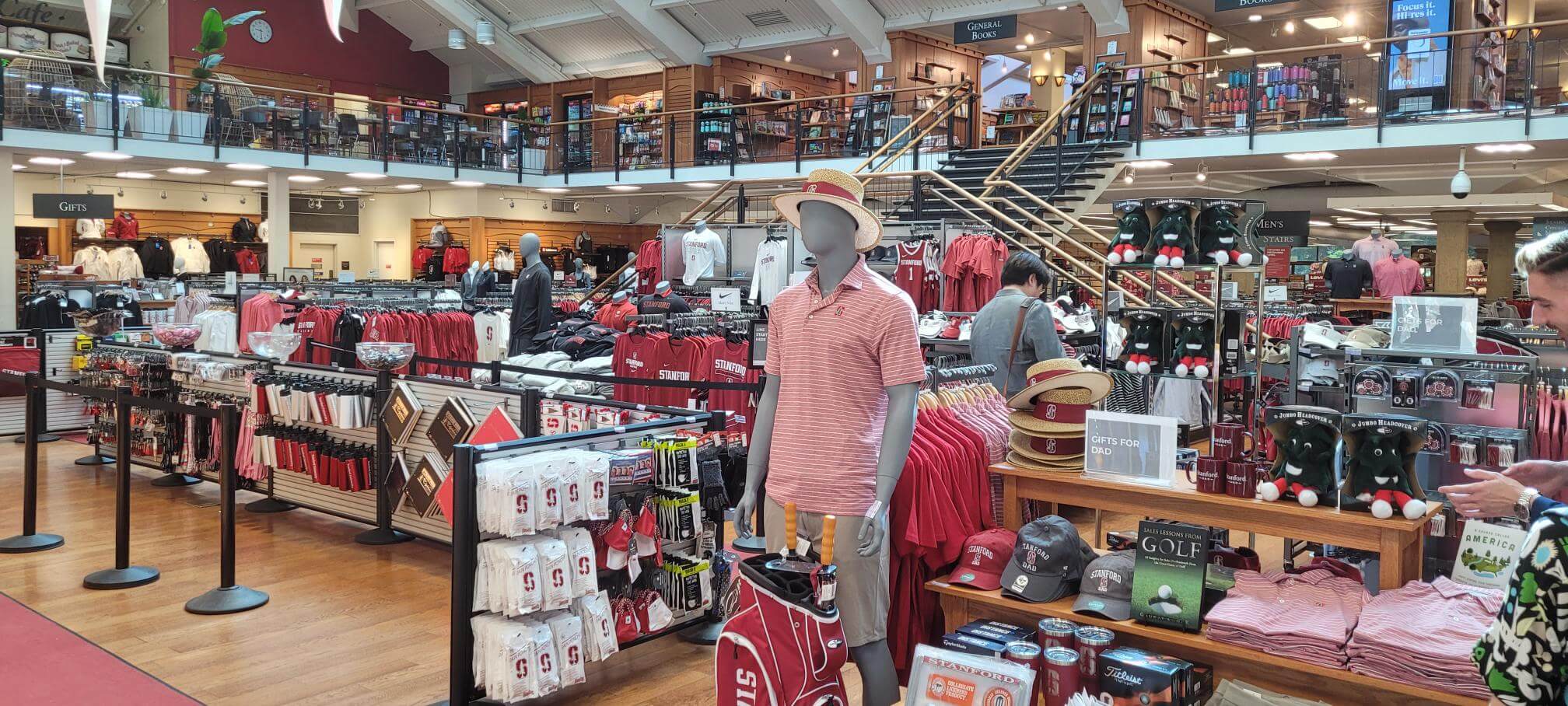
Monday 15 May 2023
Giulia Calabretta, Associate Professor
It was great that during the “Designing for Future Mobility Symposium” at Stanford University there was time to talk about Design Leadership.
A group of experts from TU Delft | Industrial Design Engineering, University of California, Davis, UC Berkeley College of Engineering and Stanford shaped the conversation around mobility in terms of social dynamics, impact on the individual and societal quality of life, human/technology interactions, data-driven solutions, sustainability and ethical implications. Such a comprehensive line-up of perspectives and research-grounded solutions displaying the enormous potential that design can bring (and is already bringing) to addressing the mobility challenges.

I was honoured to contribute to this lively discussion by giving my perspective on how designers can sharpen their leadership to claim an even more central role within organisations and ecosystems working on mobility. We talked about aligning the uniqueness of the design approach with the strategic and operational needs of the different stakeholders, inspiring the key decision-makers while empowering the hands-on innovation team, setting up well-functioning collaborations while claiming the lead when it comes to human interactions.
I am looking forward to seeing how this group will cement collaborations. And for me personally, this is an insightful opportunity to engage with the ‘publishing home’ of our book “Design Leadership Ignited” and to visit Stanford’s beautiful campus.
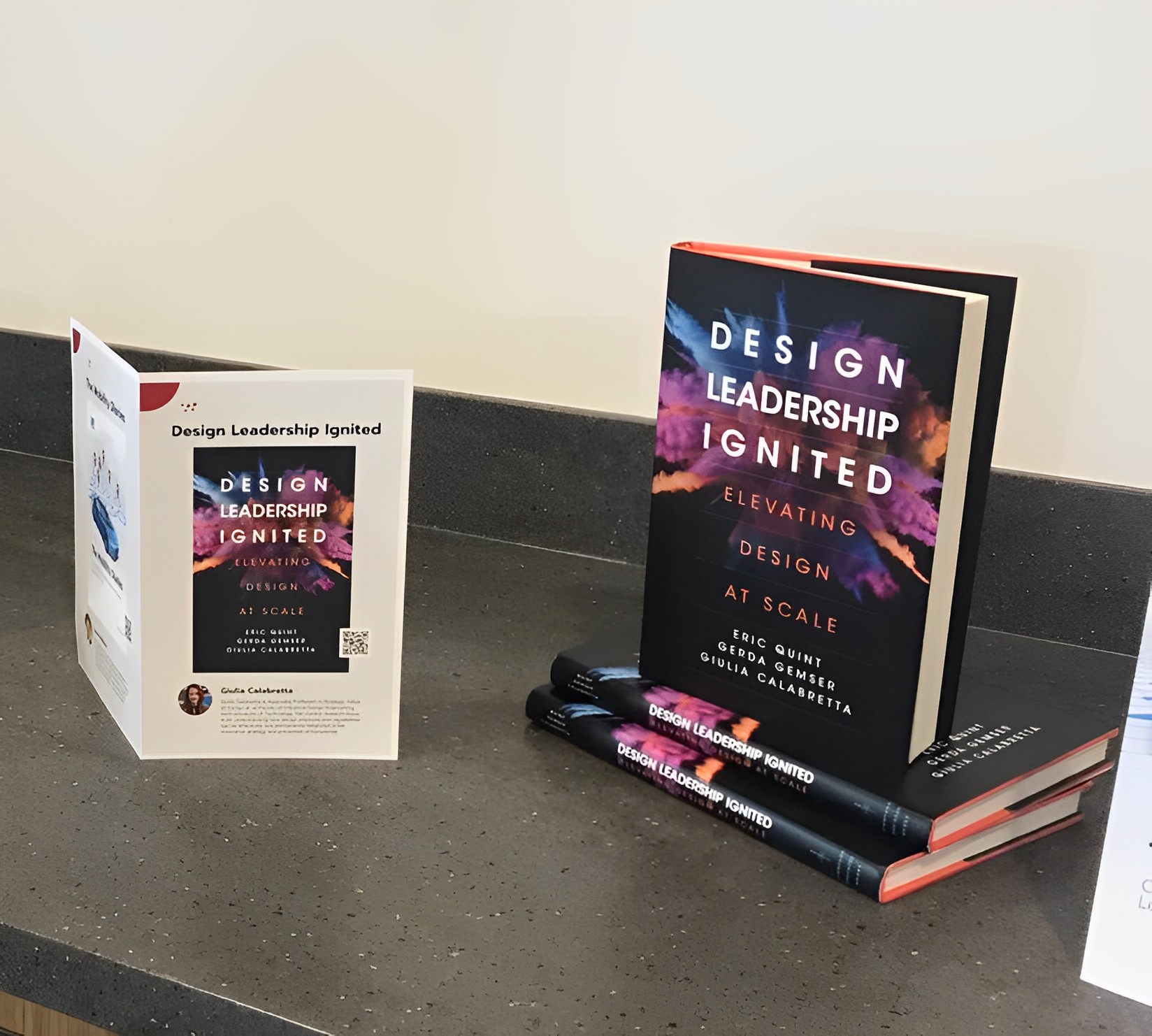
Monday 15 May 2023
Suzanne Hiemstra-van Mastrigt, Assistant Professor Humanity-Centred Mobility
We kicked off our Stanford-TU Delft (Back to the) Future of Mobility event at the amazing CARS Center for Automotive Research at Stanford. During the tour by professor Chris Gerdes, we got to meet MARTY: an electrified DeLorean capable of controlled drifting.
We continued our programme at Stanford University with 15 lightning talks from experts on behaviour research, sustainability, design, mobility, strategy, management, AI, privacy and ethics. Luckily, Milene Gonçalves did a wonderful job in visualizing all of our speakers from today and summarizing their key topics (as seen below)!
Mobility design research is moving away from being purely car-centred to becoming more and more people-centred, and from singularly designed systems (silo’s) to more holistic, complex ecosystems. Our future mobility systems should be safe, sustainable, accessible, attractive, and equitable.
Those are big challenges, and as Caspar Chorus mentioned in his opening speech, that calls for big collaborations. We are happy to be here in California building bridges and connecting with other fantastic researchers to create synergy!
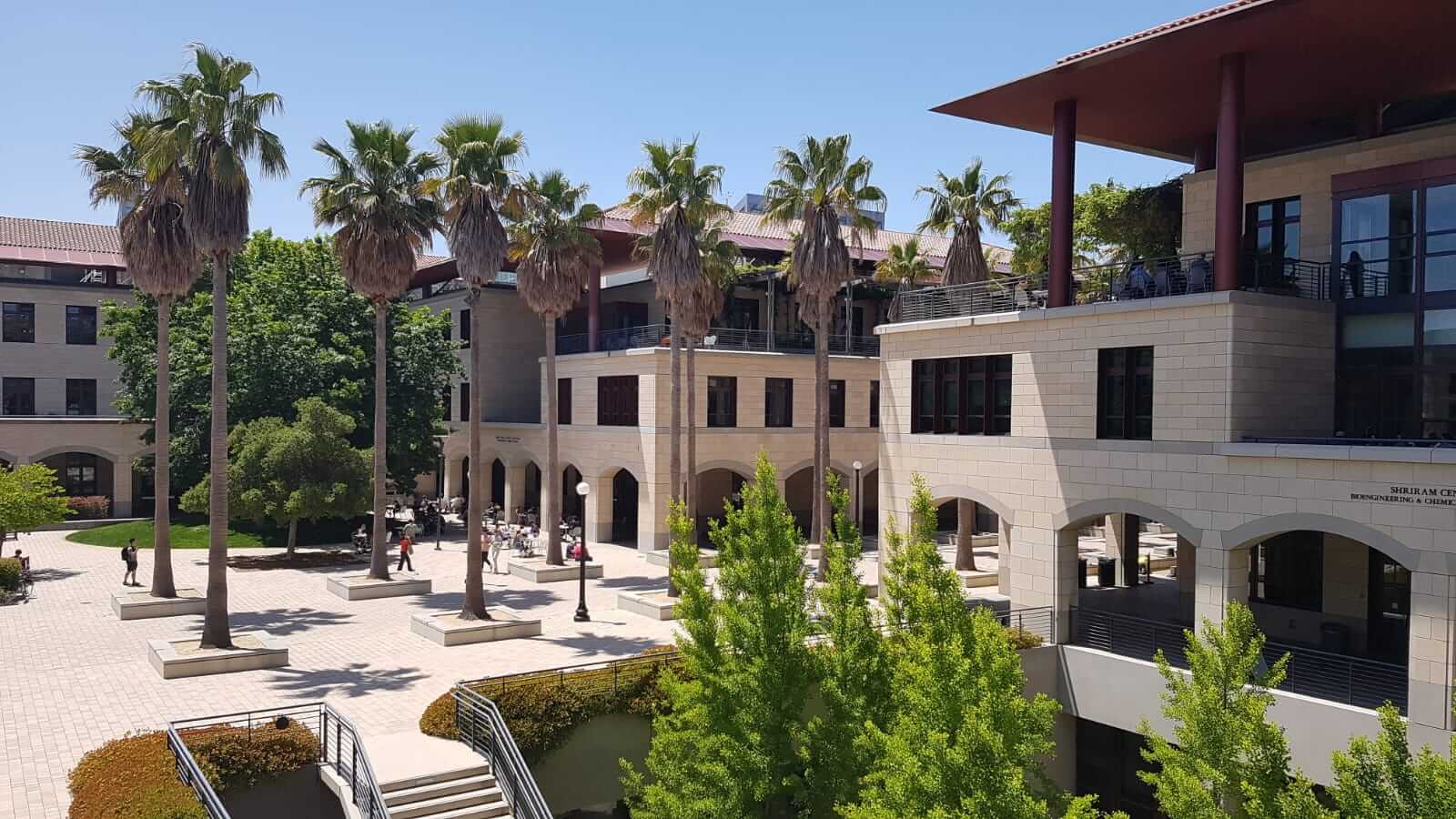
Monday 15 May 2023
Jeremy Faludi, Assistant Professor of Sustainable Design Engineering
Our Stanford visit started with us going back to the future, with a Delorean car hacked for electric drive and steering through fast skids (“drift”) by professor Chris Gerdes. His lab researches this and other aspects of vehicle safety. Our day had started early, but many of the Delft delegates were already awake at 5:00 a.m. or 6:00 a.m. because of the nine time zones between California and the Netherlands.
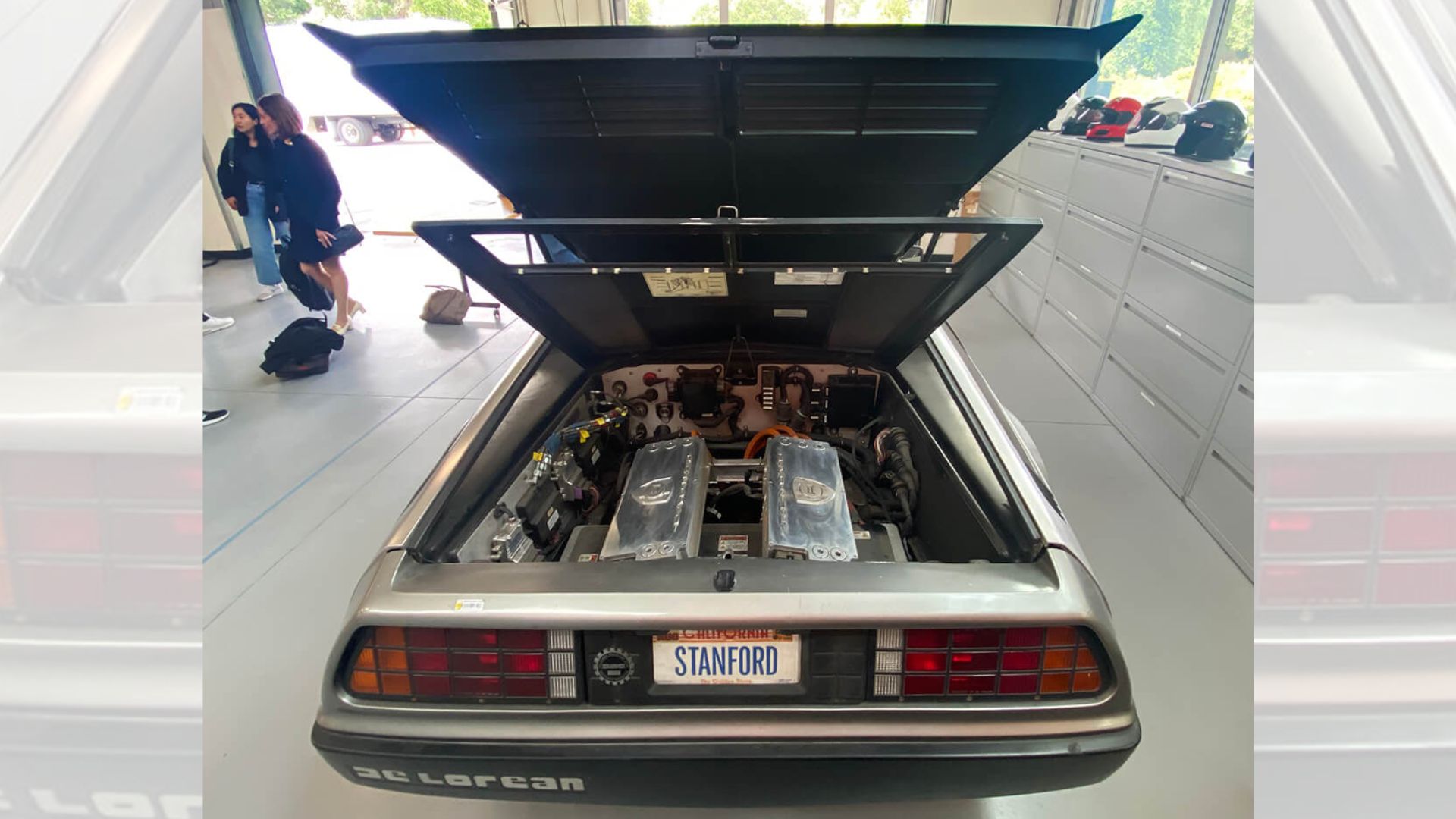


Then we walked to the engineering quad, a beautiful bright airy collection of buildings with trees and floating roofs to shade from the hot California sun. That’s where our workshop on Designing for Future Mobility was held, with talks on mobility anthropology, sustainability, privacy around autonomous vehicles, and design strategy for large scaling.
Our lunch together allowed people from Delft, Stanford, Berkeley, UC Davis, and elsewhere to meet each other. We heard about each other’s research and teaching, as well as where there could be possibilities for collaboration. We also enjoyed the shaded balcony under wisteria, palm trees, and blue skies.
Sunday 14 May 2023
Caspar Chorus, Dean of TU Delft | Industrial Design Engineering
This week, a diverse delegation of ten IDE staff will be ‘Surfin’ USA’, visiting various top of class peer institutions, forging new ties and cementing existing ones.
Rather different from the Beach Boys, who were on ‘surfari to stay’, our visit to California is without a doubt a business trip. In the course of one work week, we will be: visiting Stanford University to jointly host a Designing for Future Mobility symposium; meeting up with the university’s famed d.School and its Product Realization Lab; visiting various design agencies and entrepreneurial initiatives in Silicon Valley; meeting up with colleagues at UC Berkeley’s Jacobs Institute of Design Innovation. And this is just a sample of the smorgasbord of activities we have planned.
One important aim of this trip, is to explore new collaboration initiatives in the areas of research, education and innovation; think joint research funding applications and student exchanges. Furthermore, this is an excellent opportunity to learn from our peers at the West Coast and to inform them about the great stuff happening at IDE. We expect to come back with several new ties to build on, together with many others in the faculty.
